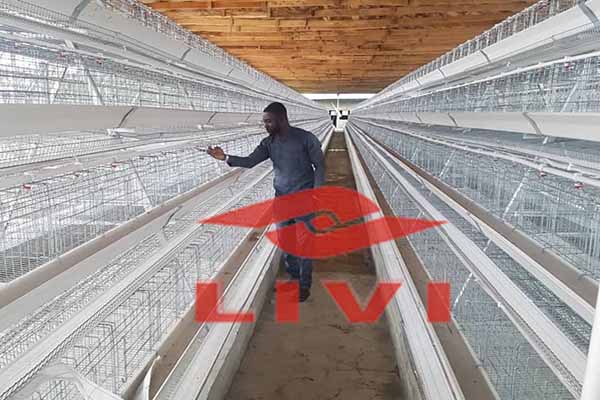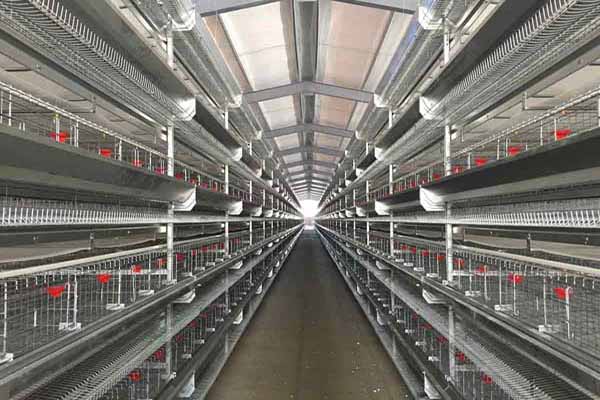High-Density Egg Cage Design: Revolutionizing Poultry Farming Efficiency
Integrating high-density egg cage design into poultry farming operations can significantly boost productivity and resource utilization. This article delves into the benefits of adopting advanced cage designs, the considerations for selecting the right one, and the impact on the overall poultry farming industry.

The Evolution of High-Density Egg Cages
Traditional poultry farming practices have long relied on simple and often outdated cage designs. However, with the advent of high-density egg cage designs, there has been a substantial improvement in both efficiency and animal welfare.

High-density cage systems typically hold up to 50% more birds per square meter than traditional systems, thereby optimizing space and increasing profitability. This evolution has been made possible by advancements in material science and engineering, allowing for the creation of robust, safe, and easy-to-clean cages.
Key Benefits of High-Density Egg Cage Design
-
Space Efficiency: High-density designs make the most of the available space, reducing the land required for poultry farming operations.
-
Productivity Improvement: With better space utilization, the number of eggs produced per square meter is significantly increased, leading to higher revenues.
-
Animal Welfare: Modern cage designs promote better ventilation and temperature control, which contributes to healthier and happier birds.
-
Ease of Cleaning: Design features like easy access doors and removable trays facilitate a more efficient cleaning process, reducing downtime and labor costs.
Factors to Consider When Choosing a High-Density Egg C age Design
age Design
When selecting a high-density egg cage design, several factors should be considered to ensure the best possible outcome for your operation:
-
Bird Type: Different species of birds have varying requirements for cage size, ventilation, and lighting.
-
Production Capacity: Determine the number of birds you intend to house to select a cage size that meets your capacity needs.
-
Climate and Environment: Consider the local climate and environment when choosing materials and design features to ensure long-term durability.
-
Cost vs. Benefits: Evaluate the initial investment and long-term cost savings associated with each design option.
For instance, a study conducted by the Poultry Science Association found that high-density cages with automatic feeding systems increased the number of eggs produced by 10% over traditional cages within the first year.
Conclusion
High-density egg cage design is a game-changer for the poultry farming industry. By optimizing space, improving productivity, and ensuring animal welfare, these advanced systems offer a compelling investment for any poultry farm looking to enhance its operations.
Are you considering integrating high-density egg cage design into your poultry farming operation? If so, we’d love to hear from you. Leave a comment or contact us directly to receive a free, tailored LivI mechanical egg cage design and equipment quotation.




